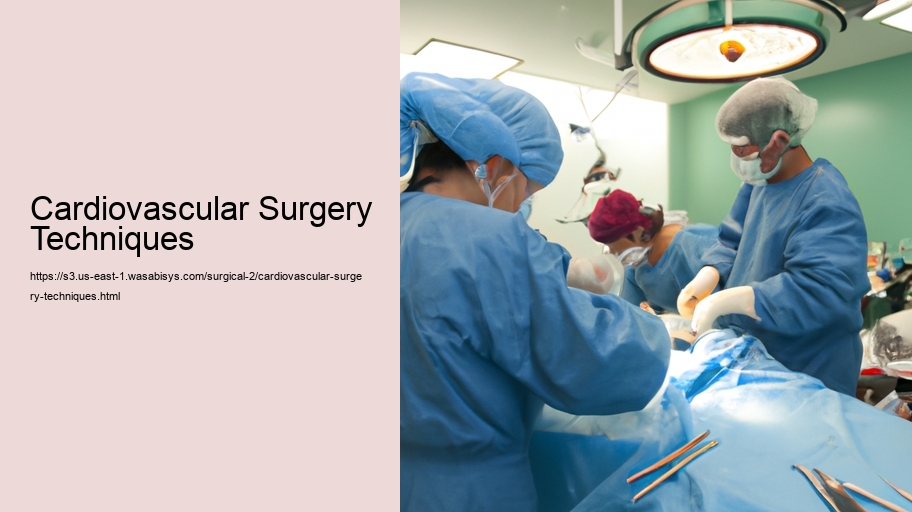Cardiovascular surgery, a vital field within medicine, encompasses a range of intricate techniques aimed at treating diseases and conditions affecting the heart and blood vessels. The evolution of these surgical methods has been driven by a relentless pursuit to improve patient outcomes and extend lives. This essay will delve into some of the most prominent cardiovascular surgery techniques, their applications, and how they have transformed patient care in the modern era.
One of the pioneering cardiovascular surgery techniques is the coronary artery bypass grafting (CABG). This procedure is designed to circumvent blocked coronary arteries, which can lead to a heart attack if left untreated. During CABG, a surgeon takes a healthy blood vessel from another part of the body and grafts it onto the heart, bypassing the blocked artery and restoring blood flow to the heart muscle. This technique has seen numerous refinements over the years, including off-pump bypass surgery, which is performed on a beating heart without the use of a heart-lung machine.
Another breakthrough in cardiovascular surgery has been the development of valve repair and replacement surgeries. Valvular heart diseases, where one or more of the heart valves do not function properly, can lead to serious complications if not corrected. Surgeons can either repair the damaged valves or replace them with prosthetic ones. The choice between repair and replacement depends on the type and severity of valve disease, with repair often being preferred to preserve the patient's native valve. Minimally invasive approaches, such as transcatheter aortic valve replacement (TAVR), have also gained prominence, allowing for valve replacement without the need for traditional open-heart surgery.
Aneurysm repair is another critical cardiovascular surgery technique. An aneurysm occurs when a section of a blood vessel wall weakens and bulges, creating the risk of rupture. Surgeons can repair aneurysms through open surgery or endovascular procedures. Endovascular aneurysm repair (EVAR) is less invasive than traditional open surgery and involves the placement of a stent graft inside the aneurysm via catheters threaded through the blood vessels.
Heart transplantation remains the definitive treatment for end-stage heart failure. This complex procedure involves replacing the failing heart with a healthy donor heart. Advances in immunosuppressive medications have greatly improved the success rates of heart transplants by reducing the risk of organ rejection.
The advent of robotic-assisted surgery has ushered in a new era of precision and minimal invasiveness in cardiovascular procedures. Robotic systems provide surgeons with enhanced visualization, increased dexterity, and greater control during surgery, potentially reducing recovery times and improving outcomes.
Advancements in cardiovascular surgery techniques are not solely confined to the operating room. Preoperative planning and postoperative care have also seen significant improvements. 3D imaging and virtual reality now aid surgeons in planning complex surgeries with greater accuracy. Meanwhile, enhanced recovery after surgery (ERAS) protocols have helped streamline postoperative care, reducing hospital stays and improving patient experiences.
The field of cardiovascular surgery is continually evolving, with research and innovation at its core. Stem cell therapy, gene editing, and tissue engineering are on the horizon, holding the promise of repairing damaged heart tissue and possibly obviating the need for some surgical interventions in the future.
In conclusion, cardiovascular surgery techniques have come a long way since the first open-heart operations. Today's surgeons have a wide array of tools and procedures at their disposal to treat a broad spectrum of heart and vascular conditions. These advancements not only extend life expectancy but also enhance the quality of life for patients with cardiovascular diseases. As technology and understanding of the human body progress, so too will the techniques to repair its most vital organ, offering hope to millions of patients across the globe.
